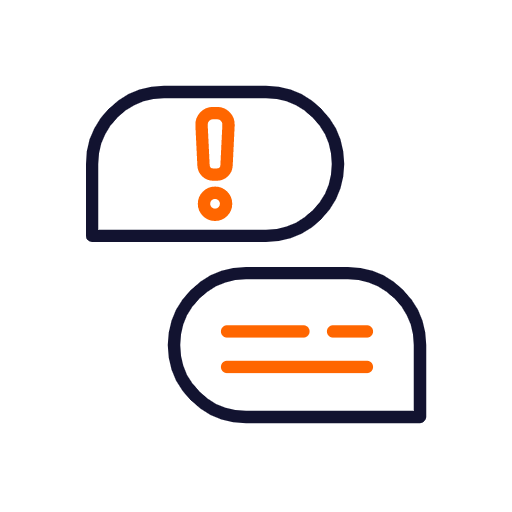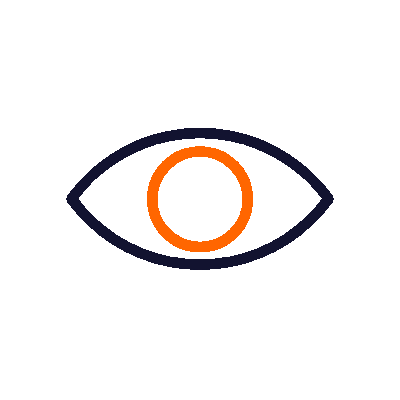CAPA, What Does CAPA Stand For?
One of the questions I often get is: ” WHAT does CAPA stand for?”. CAPA is the short name for Corrective and Preventive Actions.
Many of us are focused on the CA-part to implement corrective actions. However, the PA-part to implement the preventive actions is often over looked. And I know that many people don’t understand the difference between corrective and preventive and they find it hard to explain to their colleagues. So, let me try to help you with this.

What Makes the Difference in the Corrective and Preventive Part?
First I’ll give you the definitions of CAPA.
Corrective Actions
A corrective action is re-active. Firstly, you have a problem and you need to correct this. Therefor, you need to define the problem, then determine the cause, and take appropriate measures to prevent it from happening again. It always deals with the problem AFTER the event. Secondly, a corrective action should be considered as a reactive response to a problem since it is taken when a non-conformance has been detected (for example, a customer complaint).

Preventive Actions
A preventive action is pro-active. Firstly, it deals with the problem BEFORE it happens, prevents it. Therefore, a preventive action eliminates the cause of a potential non-conformity or other undesirable situation. There can be more than one cause for a potential nonconformity. Secondly, a preventive action is taken to prevent occurrence.

CAPA is About Improvements
Let me explain this. CAPA is used to bring about improvements to an organization’s processes, and is often undertaken to eliminate causes of non-conformities or other undesirable situations.
For me it is always helpful when I see examples – reading text is one thing, to make it visible for me and for my colleagues that’s more of a challenge. Let’s have a look at a complaint and I’ll explain to you what the corrective and preventive actions can be.
Complaint Metal Piece in Product
Your customer found a metal piece in your end product. First you start with performing a root cause analysis and you use the 6M (ISHIKAWA diagram). After that you found several aspects that could introduce the metal piece in your end product. For instance, when performing the 6M you found out that your Metal detector wasn’t functioning well because the products were kicked out of the line AFTER the product that contained the metal piece, thus letting the product containing the metal pieces pass. The second issue that you found is that the colleagues working at the Metal detector are not trained enough. The corrective action is of course to fix the setting of the push bar to push out the right product.

As a second corrective action, you decide to check all the products that were produced recently by passing these through the now re-aligned metal detector once more.
Potential Preventive Actions
According to your GFSI-standard – and even if you don’t have a standard, I highly recommend that you are going to introduce this – is that you also need to dive into the potential preventive actions that you can take. So, what preventive actions could you introduce with our example. Maybe you have several Metal detectors. The preventive action is to check all metal detectors if they are working properly. Secondly decide and implement a frequency that you will check your metal detectors on this issue.
The second issue that you found is that your colleagues are not educated enough. The preventive action here can be that you check all of your important activities and find out if your colleagues are trained in all of these important activities. Maybe you would like to perform this check on annual basis. The preventive action here is that you will check the training of your employees, who work with important machines, on an annual basis. And it goes without saying that you clearly articulate the corrective and preventive actions and that they are easy to follow up on.
What is your experience with performing Root Cause Analysis and defining Corrective and Preventive Actions?
Would you like to read more?
Other interesting articles of Food Safety Experts:
The Challenge with Allergen-Cross Contamination
